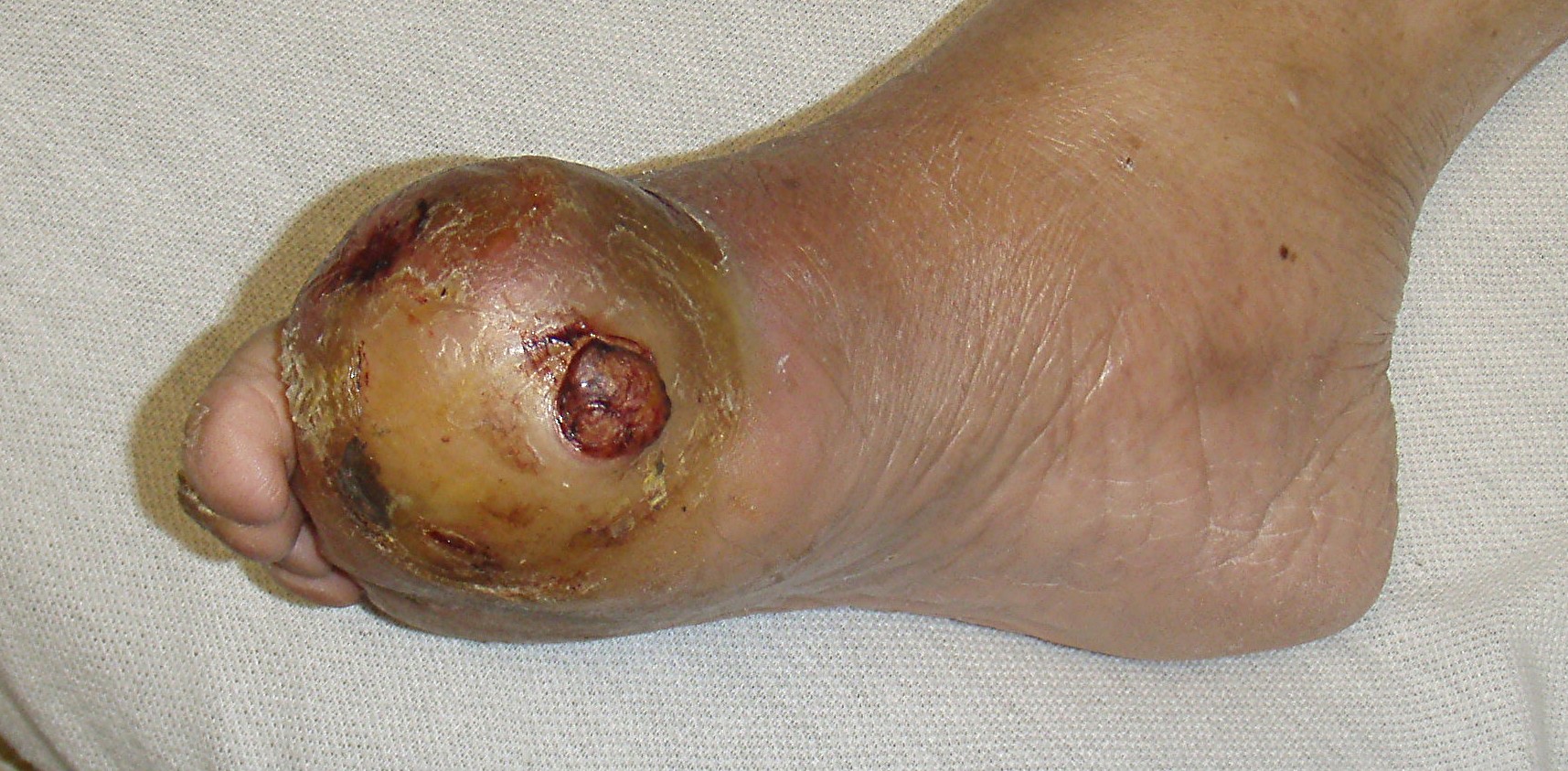Venous ulcers, a typical type of chronic wound, affect many individuals and can significantly impact daily activities. If you’re living with a venous ulcer, knowing how to manage it effectively can make a big difference in your recovery and overall comfort. Here is more information to help understand venous ulcers, care for the wound, and take proactive measures to support healing:
Venous Ulcer Causes
Venous ulcers are open wounds that typically develop on the legs, often around the ankles. They are caused by poor circulation in the veins, resulting in increased pressure and fluid accumulation under the skin. This eventually damages the surrounding tissue, creating an ulcer.
Certain factors can increase the likelihood of developing venous ulcers. These include prolonged sitting or standing, obesity, a history of deep vein thrombosis (DVT), or conditions such as varicose veins. If any of these apply to you, it’s helpful to understand why they contribute to skin breakdown and work toward managing them effectively.
Compression Therapy Approaches
Compression therapy is a widely recommended approach for managing venous ulcers. This method involves using compression stockings or bandages to improve blood flow in the affected area. By helping blood move more efficiently through the veins, it reduces swelling and speeds up healing. Wearing the correct type of compression garment is essential for this therapy to be effective. Compression stockings are available in various pressure levels, so consult with a healthcare professional to determine which one suits your needs best.
Effective Wound Care
Proper wound care plays a significant role in managing venous ulcers and preventing infection. Start by washing the affected area gently with a mild cleanser and lukewarm water. Avoid using harsh chemicals or scrubbing the wound, as this may worsen irritation. Once clean, pat the area dry with a soft, clean towel.
Next, apply the appropriate dressing to the wound. Modern wound dressings are designed to promote healing and maintain a moist environment while protecting the area from contamination. Consult with a healthcare provider to determine the best dressing for your condition. Changing dressings regularly and keeping the wound covered are fundamental steps to promote recovery.
Nutrition for Recovery
Your body requires the right fuel to repair itself. A balanced diet rich in vitamins, minerals, and protein supports the healing process. Foods such as leafy greens, lean meats, fish, nuts, and fruits are rich in these essential nutrients. Vitamin C, zinc, and protein are particularly helpful in tissue repair and wound healing.
Staying active within your physical limits may also improve blood circulation. Gentle leg exercises, such as ankle rotations or walking, can promote better blood flow and reduce swelling. Remember to elevate your legs while resting to ease pressure and further improve circulation.
Professional Care Assistance
While managing a venous ulcer at home is possible, some situations require professional medical care. If you notice increased redness, swelling, or drainage from the ulcer, it might indicate an infection. Persistent pain or a wound that isn’t healing despite your efforts are also signs that you may need additional support. A vascular care specialist can provide advanced treatments and advice to guide you toward recovery.
Seek Help for Venous Ulcers
Venous ulcers can be challenging, but proper management, the right lifestyle choices, and timely intervention from experts help individuals manage this condition. For further guidance, connect with a vascular care specialist today. Getting expert advice will help you take charge of your treatment and recover as smoothly as possible.

